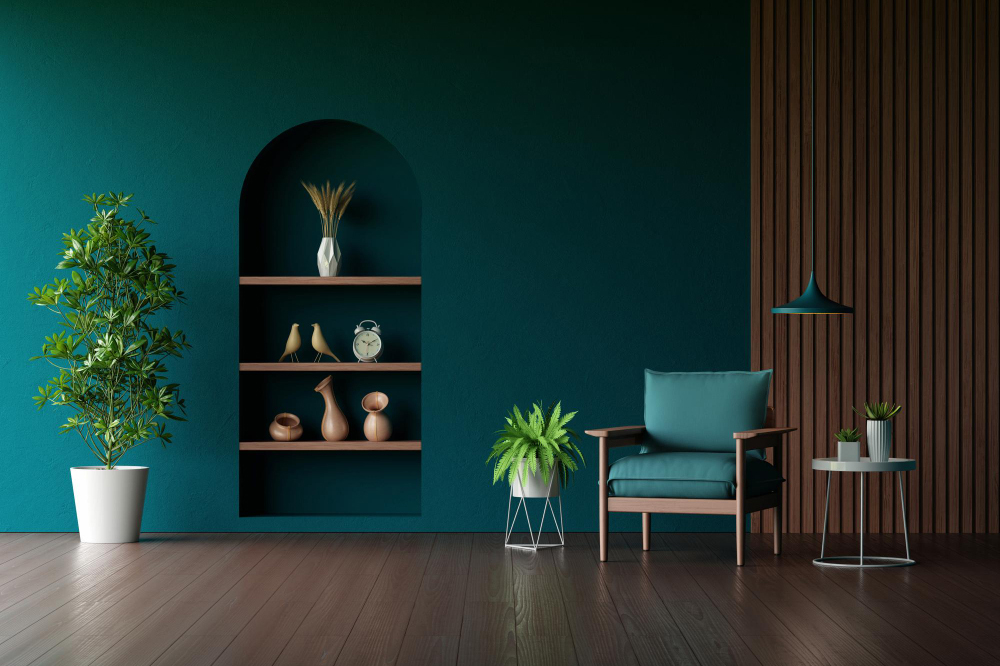Tips to Mix Interior Colors and Make It Work

Color mixing is an art. It requires knowledge on different colors, color schemes, and how they affect a room’s atmosphere. Some people avoid mixing colors in their interiors because they think it’s a risky move. But, color blending is becoming a popular trend nowadays, and with the right techniques, anyone can master it. Don’t be afraid to experiment with bold colors and create a unique style for your home. In this blog post, we’re going to give you some tips on how to mix interior colors and make it work.
1. Know the Basic Color Schemes
Before you experiment with different colors, it’s important to know the basic color schemes. They are monochromatic, complementary, analogous, and triadic. Monochromatic is a mix of different shades and tints of one color. Complementary is a combination of two opposite colors on the color wheel. Analogous includes colors that are next to each other on the color wheel. Triadic is a combination of three colors that are evenly spaced on the color wheel. Knowing the basic color schemes will help you create a cohesive color palette that works well together.
2. Understand the Psychology of Colors
Colors can affect moods and emotions. For instance, blue creates a calming effect, while red energizes the room. Therefore, it’s important to choose colors that match the mood you’re trying to create for a particular room. It’s also essential to understand the intensity and saturation of colors. Bright colors can create a cheerful vibe, while pastel colors give off a tranquil and soft atmosphere.
3. Mix Patterns and Textures
Mixing colors isn’t just about painting the walls with different hues. You can also mix patterns and textures. A patterned rug or a textured throw pillow can add depth and interest to a room. To balance the bold colors, use neutral colors for furniture and other accessories.
4. Create a Focal Point
Creating a focal point in the room can help bring cohesion to the colors you’re using. It can be a bold piece of furniture, a painting, or statement lighting. Use colors that complement or contrast from the color scheme you’re using. This will draw the eye to the focal point and help tie the room together.
5. Practice and Experiment
The best way to learn how to mix colors is to practice and experiment. Start with a neutral base color and gradually add pops of color. Remember, color blending is subjective, and there’s no right or wrong way to mix colors. So, have fun and see every color combination as an opportunity to learn.
Conclusion
Mixing colors is a fun and creative way to decorate your home. With the right knowledge and techniques, you can create a unique and cohesive color palette that works well together. Remember to start with the basics, understand the psychology of colors, mix patterns and textures, create a focal point, and most importantly, practice and experiment to find the right color mixture for your home. If you need help with a residential renovation in Orlando, FL, contact Pro Work Construction today for free estimates.

